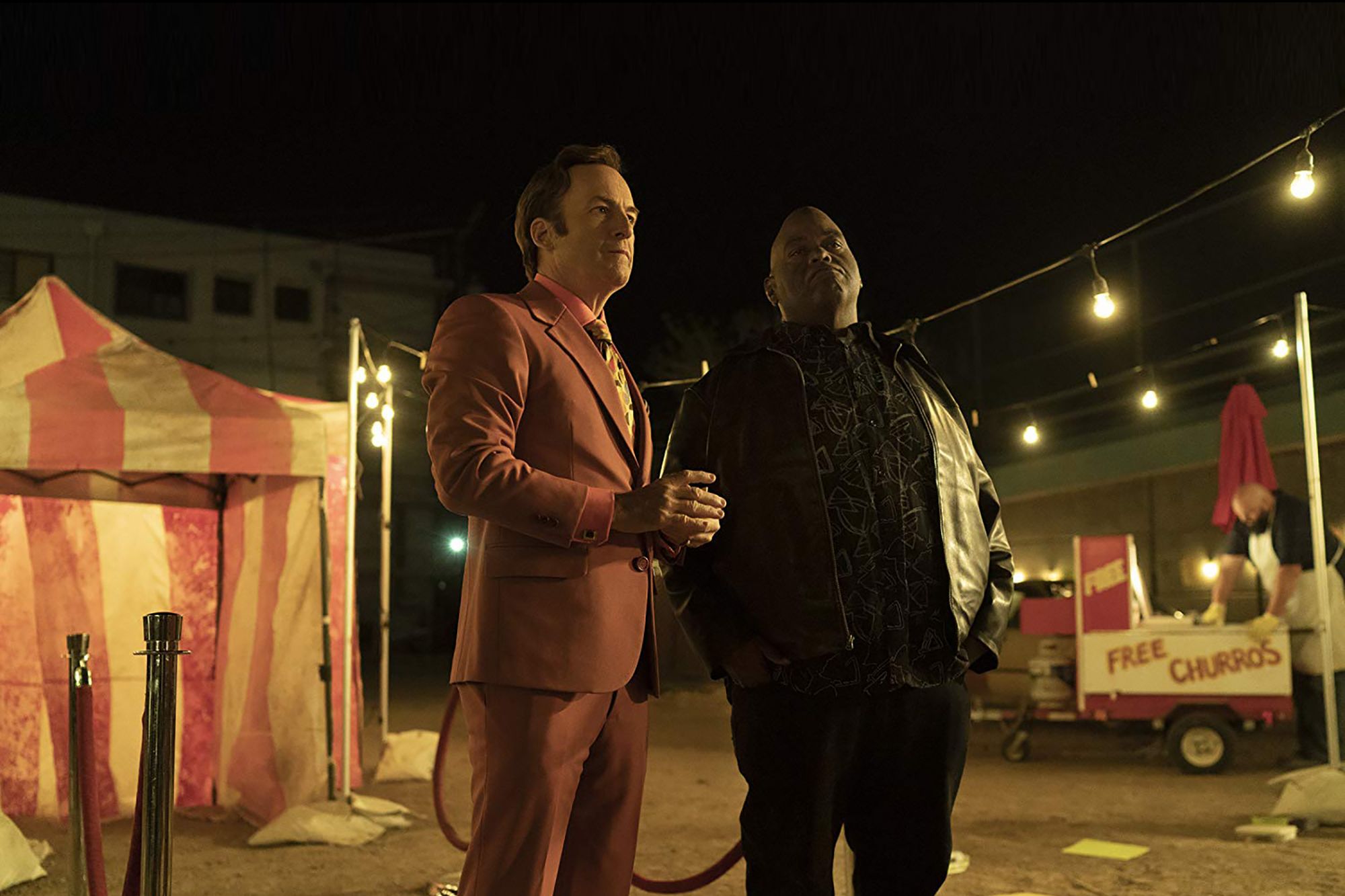Why Your Enterprise Should Aim For Transformation, And Not Change Transformation creates attractive futures, while change mends the past.
By Vip Vyas
Opinions expressed by Entrepreneur contributors are their own.
You're reading Entrepreneur Middle East, an international franchise of Entrepreneur Media.

This article was co-authored with Diego Nannicini, Associate Consultant, Distinctive Performance.
In May 2018, Google CEO Sundar Pichai unveiled Google Duplex, a new virtual AI assistant with a hyper-realistic voice. Attendees of this year's Google I/O conference listened to a recording of Duplex making a hair salon appointment, then a restaurant reservation. Both conversations were so natural that the humans on the phone probably had no clue they were talking to an AI entity.
Within hours, videos of the presentation went viral, racking up millions of hits. The world had just witnessed a stunning transformation. A multitude of possibilities immediately flooded the minds of viewers. A new future in the field of human-machine interaction had begun.
Distinguishing transformation from change
The words "transformation" and "change" are often used interchangeably. Moreover, transformation, once considered inspirational, is now viewed suspiciously- a codeword for technology, cost cutting and ending of careers. Conflating these two important concepts blurs what each one can do.
While change seems future-oriented, it is firmly embedded in the past. It often tries to produce a better version of what already exists. Attachment to the past shows up in the language used in organisations. How often have you heard?
- It's a complex M&A, probably the hardest we have ever made
- Leadership needs to be more agile
- Our response times need to be faster
- We need greater presence on social media
These comparatives require a reference point in the past. When it comes to organisational change, the constraints of the past are built into the change process. Indeed, many leaders experience a heavy drag, or resistance, when trying to drive change. To wit, in some organisations, the term 'change initiative' is sarcastically referred to as 'it ain't gonna happen.'
The striking contrasts
The following table shows the many ways 'transformation' contrasts with 'change.'
Transformation | Change |
Invents and creates an attractive future | Fixes or mends the past |
Designs new fields of performance by creating new uncontested market advantage | Tries to improve performance by ameliorating the quality of players and products on the existing field |
Generates a fundamental shift in perspective that activates the imagination and leads to insight | Takes a step-by-step programmatic approach in attempting to get from state A to state B |
Asks "what if?" | Asks "what's wrong?" |
Often triggers thoughts such as: "What else is possible?" "Can we see exponential unmet needs?" "How could this be adapted?" | Often triggers thoughts such: "Not another change initiative…" "When will it end? "What does this mean for me?" |
Nokia's attachment to the past
No example demonstrates the addiction to changing the past better than the colossal downfall of Nokia. Valued at over US$250 billion at its peak in 2000, it ended up selling its phone business, the core of its operations, for only US$7.2 billion in 2013.
Many factors contributed to Nokia's failure, but it was the inferiority of the Symbian system, the operating heart of the Nokia phones, which led consumers to turn to Apple and Samsung. Put simply, Nokia completely missed the importance of software. While the company focused on ameliorating its hardware, Apple saw the transformative potential of the touchscreen and the app ecosystem.
A transformational moment, similar to that of Pichai's Duplex demonstration, took place when Steve Jobs went on stage to introduce the revolutionary iPhone in January 2007, revolutionising the mobile phone market.
As Nokia started to lose market share to Apple, the Finnish multinational continued to focus on change. It clung onto its relatively Neanderthal operating system, trying to upgrade it, so it could compete with Apple's iOS. Launching a major upgrade to an operating system is a complicated process that typically takes several years. Despite this reality, senior management remained fixated on pulling the proverbial rabbit out of the hat.
The transformative process
Transformation is based on the assertion that the future is generated through actions taken in the present moment. The pre-requisite for transformation is a willingness to identify and surface the axioms, fundamental beliefs and cognitive constraints that underpin a corporation's relative competitive success.
Tackling these questions enables the organisation to pinpoint what puts a lid on possibilities. From a practical and experiential standpoint, the hidden part of the iceberg shows up in the ideas and conversations that are considered safe vs. unsafe.
In the case of Nokia, research showed that its fear-driven leadership approach killed the possibility of authentic dialogue within the business. For example, teaming with another software vendor to come up with an alternate touch screen design in response to the iPhone wasn't considered until it was too late.
The importance of building transformative capability advantages
In a disruptive world, corporate survival will increasingly depend on the ability of firms to transform themselves. This is especially true for traditional businesses that have experienced a long-term decline of their operating margin and must now rejuvenate their core business. Corning is an example of a company that transformed itself. The 167-year-old firm that used to make glass enclosures for light bulbs has successfully expanded and innovated into areas such as optical communications, display glass, advanced optics and pharmaceutical applications.
In my experience helping senior executives transform complex global organisations, I have found that companies often mistakenly work on change when the real unarticulated need is for transformation. In practice, transformation or change is not an either-or game. But every firm needs to be clear about what it's working on.
Related: Initiating Innovation: Furthering The Role Of HR In Change Management













